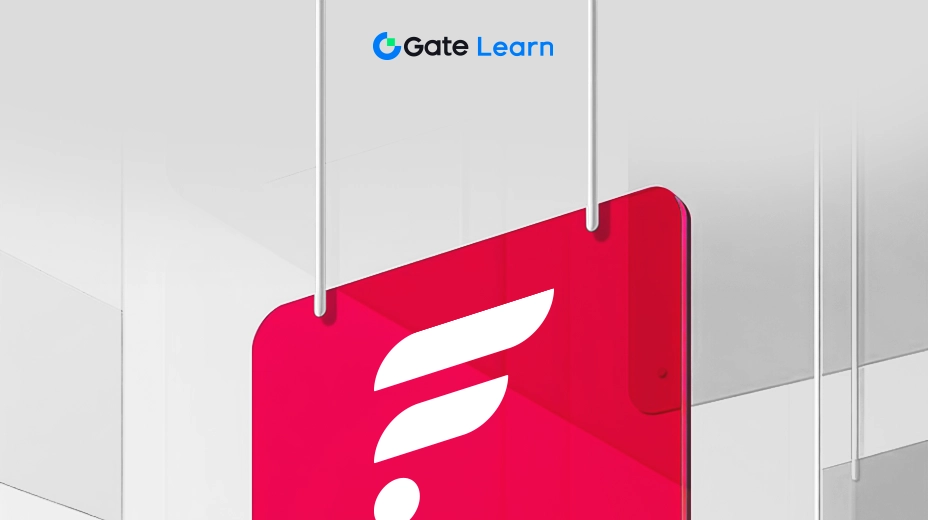Introducción a Bitrock
Este módulo proporciona una visión general de Bitrock, su lanzamiento sigiloso, razones para evitar una preventa, comparaciones con otras soluciones de blockchain de Capa 2, y la misión principal del proyecto de mejorar la eficiencia de las transacciones y reducir las comisiones.
Resumen de Bitrock

Bitrock opera como una solución de Capa 2 que es totalmente compatible con la Máquina Virtual Ethereum (EVM), lo que permite a los desarrolladores implementar aplicaciones descentralizadas (DApps) y contratos inteligentes, utilizando herramientas familiares para ellos, como Metamask y Truffle. Como blockchain de Capa 2, funciona de forma independiente a la mainnet mientras mantiene las transacciones, ofreciendo una alternativa escalable y eficiente para gestionar operaciones basadas en Ethereum. Al descargar parte de la carga de trabajo de la red, alivia los problemas de congestión a los que a menudo se enfrenta Ethereum, mejorando la velocidad de las transacciones y reduciendo las tarifas.
Este L2 fue lanzado silenciosamente en julio de 2023 a través de un lanzamiento sigiloso, evitando intencionalmente preventas, ventas privadas o participación de capital de riesgo. Esta decisión se tomó para evitar la sobrevaloración temprana del token, un problema común en proyectos que recaudan grandes sumas en preventas o rondas privadas, lo que a menudo crea una capitalización de mercado inicial inflada.
En cambio, la estrategia de lanzamiento de Bitrock se centró en la entrada orgánica al mercado, lo que lo hace más accesible para inversores minoristas más pequeños que pueden quedar excluidos de proyectos que dependen de grandes inversiones iniciales. El enfoque del proyecto de tener un suministro en circulación completo sin tokens bloqueados añadió transparencia, reduciendo las preocupaciones sobre la venta masiva de tokens por parte de los primeros inversores.

Bitrock se destaca en el panorama de la cadena de bloques de capa 2 al ofrecer una mayor escalabilidad, velocidad y costos de transacción más bajos, en comparación con otras soluciones de capa 2 como Polygon, Arbitrum y Optimism. La red procesa bloques cada segundo, alcanzando un rendimiento de transacción de hasta 12,000 TPS (transacciones por segundo), superando significativamente la capacidad de la capa 1 de Ethereum, que promedia solo 15 TPS. Incluso soluciones de capa 2 bien establecidas como Polygon ofrecen alrededor de 7,000 TPS.
La red de Bitrock utiliza el mecanismo de consenso de Autoridad de Prueba (PoA) IBFT 2.0, lo que garantiza un menor consumo de recursos y una finalidad de bloque más rápida. Las tarifas de gas en Bitrock también son notablemente más bajas, con un promedio de $0.00001 por transacción, en comparación con los costos de gas a menudo fluctuantes y altos en la red principal de Ethereum durante los períodos de congestión máxima.
Misión
La misión de Bitrock se centra en mejorar la eficiencia de las transacciones y minimizar los costos, dos puntos importantes de dolor para los usuarios de Ethereum. El diseño de la plataforma se enfoca en reducir el tiempo de procesamiento de las transacciones y disminuir las tarifas de gas requeridas para las interacciones en la red. A través de su algoritmo de consenso PoA, Bitrock reduce la carga computacional y el consumo de energía típicamente asociados con la validación de transacciones. Este sistema admite transacciones de alta velocidad con tarifas de gas casi nulas, con el objetivo de proporcionar un entorno donde las aplicaciones descentralizadas y las transacciones financieras puedan escalar sin costos prohibitivos. Esto lo hace atractivo para proyectos en finanzas descentralizadas (DeFi), juegos y otras industrias que requieren soluciones de blockchain rápidas y rentables.
Aspectos destacados
- Bitrock es una cadena lateral compatible con Ethereum de Capa 2 diseñada para manejar aplicaciones descentralizadas con alta eficiencia.
- El proyecto fue lanzado sigilosamente en julio de 2023, sin preventa ni venta privada para evitar la sobrevaloración temprana del mercado.
- Bitrock procesa bloques en un segundo y admite hasta 12.000 transacciones por segundo, superando a muchas otras soluciones de Capa-2.
- El mecanismo de consenso de prueba de autoridad IBFT 2.0 respalda la red, proporcionando escalabilidad y bajos costos de transacción.
- La misión principal de Bitrock es mejorar la eficiencia de las transacciones y minimizar las tarifas de gas para usuarios y desarrolladores.





